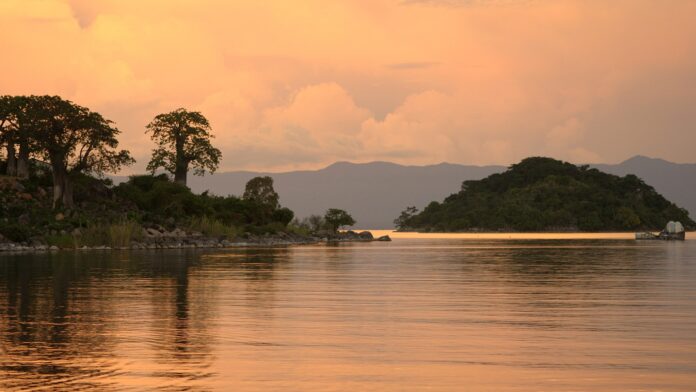During a trip to Hue, a tourist once stated that experiencing the essence of Hue’s romance is incomplete without embarking on a serene boat ride along the Perfume River (known as Sông Hương or Hương Giang in Vietnamese). This river, which spans approximately 80 kilometers and flows through Thua Thien Hue province’s capital city of Hue, is named after its journey through several forests containing fragrant plants, resulting in its pure and refreshing aroma.
The Origin of Perfume River
The Perfume River, captured in a beautiful photograph by @pd_shenanigans, originates from two sources in the Truong Son Mountain range and merges at Bang Lang Fork. The Left Tributary, Ta Trach, starts in the Truong Dong mountains and flows towards Bang Lang Fork in the northwest direction. Meanwhile, the shorter Right Tributary, Huu Trach, passes through Tuan ferry and also heads towards Bang Lang Fork.

After merging, the river flows in a south-north direction and passes by Hon Chen and Ngoc Tran temples before turning north-west and passing through Nguyet Bieu and Luong Quan plains. It then moves towards Hue city where it echoes the Truong Son mountain, and flows past the resting place of Nguyen Emperors. Along its itinerary, the green-watered river crosses Hen Islet and various villages, reaches the Sinh junction – known as the capital of ancient Chau Hoa – before ultimately emptying into the Tam Giang Lagoon.

Covering a distance of 30 km from Bang Lang to Thuan An estuary, the Perfume River meanders slowly, with its level barely above sea level causing the river to darken along the foot of Ngoc Tran Mountain – home to the Jade Cup Temple – where a deep abyss exists.
Artist Inspiration of Huong River
The charming Perfume River has been the source of inspiration for many artists, poets, and composers. The famous song “Who comes to Hue” written by Duy Khanh features beautiful lyrics about returning to Ngu Mount and Huong River. The river’s water never sinks, and the birds of Ngu Mount always return to their friends. Those who have a connection to Hue are encouraged to return. During autumn, orchard flowers fall into the river, creating a pleasant aroma and picturesque scenery.

When asked why they love the Perfume River, several artists cited its pure water, captivating landscape, and elegant bridge as their sources of inspiration.
What to Do at Perfume River?

One of the must-do activities for travelers visiting Hue is to take a boat ride along the river. This experience offers a breathtaking view of the stunning riverside landscape, which is considered as one of the most beautiful and magnificent sights, particularly at night when the lights illuminate the scenery. Many visitors have expressed their admiration for this remarkable attraction.”
2. Visit Some Nearby Hue Attractions
The river flows through a series of scenic spots, providing visitors with access to the entire ancient citadel when traveling by boat. Along the way, you can visit several attractions like Da Vien, Phu Xuan, and Truong Tien Bridge. You can also explore the Tomb of Minh Mang, Hon Chen Shrine, Thien Mu Pagoda, and even take a dip in the sea. If you travel upstream to the Tomb of Thien Tho, you may hear the rustling of pine trees that could inspire you to write poetry.

At night, the river sparkles under the moonlight, and the sounds of boat rowers break the silence. The atmosphere is filled with romance and beauty, making it an ideal destination for anyone seeking a peaceful retreat.

Hue’s Huong River is one of the city’s most popular attractions, and many classic tours and day trips include a boat ride or cruise on the river. Choose the itinerary that suits you best and start exploring the enchanting beauty of this poetic river and city today!





















